Did you know that scientists have found microplastics in human blood, breast milk, and even deep within our brains? It’s a startling fact that brings the plastic pollution crisis right to our doorstep literally inside our bodies.
The phrase "microplastics are everywhere" has become a common refrain, but the reality is more profound and alarming than we often realize. Microplastics have infiltrated every corner of our planet and ourselves, posing risks to human health, and in this article we’ll take you on a journey to the most unexpected places microplastics have been discovered, explain what this means for our health and the environment, and most importantly—give you practical, actionable steps to fight back.
Where Microplastics Are Found and How They Spread
Scientists continue researching microplastics to understand their effects on human health and the environment. Yet the reach of microplastic pollution is truly global, it’s not just out there in the environment, but right here in our homes, our food, and even our bodies.”

Microplastics are everywhere because they are constantly being released into the environment through everyday activities and industrial processes.
-
Breakdown of Larger Plastics: Items like plastic bags, bottles, and packaging degrade over time due to sunlight, friction, and weather, fragmenting into tiny particles that spread through air, water, and soil.
-
Tire Dust: Every time vehicles move, tiny rubber and plastic particles wear off from tires and wash into waterways or become airborne making tire dust one of the largest sources of microplastic pollution.
-
Synthetic Clothing Fibers: Washing synthetic fabrics such as polyester or nylon releases thousands of microfibers into wastewater, which often pass through treatment plants and end up in rivers and oceans.
-
Cosmetics and Microbeads: Although many countries have banned them, some personal care products still contain microbeads tiny plastic particles that go down the drain and enter the environment.
-
Industrial Runoff: Manufacturing and construction processes release plastic fragments and dust that can easily find their way into soil and waterways.
From the abrasion of car tires to synthetic fabrics shedding during laundry, microplastics are constantly being released into the air, soil, and water spreading farther than we ever imagined.
In the Human Body
Perhaps the most concerning discoveries are happening within us. Our bodies are no longer a sanctuary from plastic pollution.

-
Testicles & Placenta: A 2024 study found significantly higher levels of microplastics in human testicles than in dog or cattle testicles, raising urgent questions about their potential impact on male fertility. Another study discovered microplastics in every single sample of human placenta tested.
-
Brain: Researchers have confirmed that microplastics can cross the blood-brain barrier, with studies finding particles in human brain tissue. This has scientists concerned about potential links to inflammation and neurodegenerative diseases like dementia.
-
Blood: Recent microplastic research shows these particles can travel through our bloodstream.
-
Breast Milk: A research from Italy in 2022 detected microplastics in human breast milk, highlighting the potential for maternal transmission to newborns.
The possible health impacts are still being studied, but early research points to concerns about hormonal disruption, fertility issues, immune system impacts, and chronic inflammation.
In Nature and Animals
Microplastics have woven themselves into the very fabric of global ecosystems.
-
Marine Life: It’s well-documented that fish, shellfish, and even plankton ingest microplastics, mistaking them for food.

-
Birds and Land Mammals: From seabirds with stomachs full of plastic to earthworms in farmland, animals across the food chain are consuming microplastics.
-
Plants: Shockingly, microplastics can be absorbed by the roots of crops like lettuce and wheat, entering our food supply directly from the soil.
The problem is cyclical: microplastics get into the water and soil, are eaten by animals and absorbed by plants, and then travel up the food chain—often ending back on our dinner plates.
In Extreme Locations
If you think you can escape microplastics by heading to the ends of the Earth, think again.
-
Mount Everest: Microplastics have been found in snow samples taken near the summit of the world's highest peak.
-
The Deep Sea: These particles have been discovered in the deepest part of the ocean, the Mariana Trench, 11,000 meters below the surface.

-
Antarctica: Even the pristine, remote ice of Antarctica is contaminated with microplastics, carried by ocean currents and atmospheric winds.
-
The Air We Breathe: Microplastics are present in the atmosphere, falling as "plastic rain" in protected national parks and swirling in the air of our cities.
This proves that there is no truly "pristine" environment left on Earth untouched by plastic pollution.
Environmental & Health Impacts: Why Should We Care?
The omnipresence of microplastics is more than just a disturbing fact—it has real and lasting consequences for both the planet and human health.
Human Health Risks
'Imagine taking a deep breath, sipping water, or eating a salad—each act potentially introducing microplastics into your body and affecting your health.'

This unsettling thought is no longer science fiction, it is reality. Studies have detected microplastics in human lungs, blood, and even vital organs like the brain and placenta.
According to the World Health Organization (WHO) and the United Nations Environment Programme (UNEP), microplastics are now considered a potential emerging threat to human health, as ongoing exposure may lead to inflammation, oxidative stress, and toxic chemical accumulation within the body.
-
Brain Health: Microplastics can cross the blood-brain barrier, triggering neuroinflammation and potentially increasing the risk of neurodegenerative conditions such as dementia.
-
Reproductive Health: Evidence suggests these particles may act as endocrine disruptors, impacting fertility and fetal development.
-
Long-Term Effects: The cumulative exposure to microplastics through food, water, and air raises concerns about chronic conditions like metabolic disorders and immune system dysfunction.
Environmental Risks
The dangers of microplastics extend far beyond human health—they threaten entire ecosystems.
-
Ecosystem Imbalance: Microplastics can block sunlight from reaching plankton, disrupting the base of the marine food web.
-
Bioaccumulation: Toxins from the environment adhere to microplastics, which are then consumed by smaller organisms. As they move up the food chain, these toxins become increasingly concentrated.
-
Soil Health: Microplastics alter soil composition and water retention, harming microorganisms essential for healthy and fertile soil.
Did You Know? Shocking Microplastic Snippets

-
In Your Lungs: A UK study found microplastics deep in the living lung tissue of 11 out of 13 patients undergoing surgery.
-
In Your Salt: Microplastics have been detected in over 90% of table salt brands sampled from around the world.
-
In Your Beer & Water: Both tap water and bottled water contain microplastics, and they've even been found in beer.
-
A Meal of Plastic: One study estimated that the average person may ingest about a credit card's worth of plastic every week through food, water, and air.
What You Can Do: Your Action Plan for a Plastic-Free Lifestyle
While the problem is vast, our collective power to make a difference is greater. Here are practical, manageable steps you can take to reduce your plastic footprint and exposure.
1. Choose Plastic-Free Personal Swaps
-
Toothbrush: Ditch your plastic toothbrush for a bamboo toothbrush. It’s a simple, effective first step. Explore our range of sustainable bamboo toothbrushes here.
-
Straws & Cutlery: Use all natural straws or carry a reusable one (a stainless steel or silicone), or carry a set of bamboo cutlery as well.
-
Containers: Swap plastic Tupperware for glass or stainless steel containers for food storage.

2. Rethink Your Laundry
Synthetic fabrics like polyester and nylon shed millions of microfibers in every wash. Opt for natural fibers like cotton, wool, and linen when you can.
Consider using a Guppyfriend washing bag or installing a microplastic filter on your washing machine to catch these fibers before they reach waterways.
3. Reduce Single-Use Plastics
-
Carry a reusable water bottle, coffee cup, and shopping bags.
-
Shop at bulk stores using your own jars and cloth bags.
-
Choose products with minimal or no plastic packaging.
Start small. You don't have to be perfect overnight. Try committing to replacing just one plastic item in your home per week, this is a simple way to reduce plastic waste daily.. Over a year, that’s 52 fewer plastic products in circulation!
Signs of Progress: What Scientists and Innovators Are Doing
The good news? The fight against microplastic pollution is gaining momentum. Around the world, scientists, innovators, and policymakers are taking meaningful action to create real change.
-
Microplastic Filters for Washing Machines: Manufacturers are now designing filters that trap up to 90% of plastic microfibers before they enter the water system.
-
Sustainable Material Alternatives: Innovative materials made from algae, mycelium (mushroom roots), and bamboo are being developed to replace traditional plastics in packaging, construction, and consumer goods.
-
Global Bans and Regulations: Many countries have enacted bans on microbeads in cosmetics and are phasing out single-use plastics, signaling a shift toward a more sustainable global economy.

Together, these efforts show that progress is possible and that every individual action contributes to a much larger movement for a cleaner planet.
The evidence is undeniable: microplastics have permeated our entire world, from the deepest oceans to our most intimate bodily tissues. The health and environmental consequences are still being unraveled, but the need for action is clear and present.
While the scale of the problem can feel overwhelming, remember that change starts with individual choices. Every plastic item you refuse is a vote for a cleaner, healthier planet. Explore our collection of products that support a plastic-free lifestyle.
Make one swap today: every swap with sustainable alternatives helps protect your health and the planet. Whether it’s ordering your first bamboo toothbrush or simply remembering your reusable bag, every single step counts.
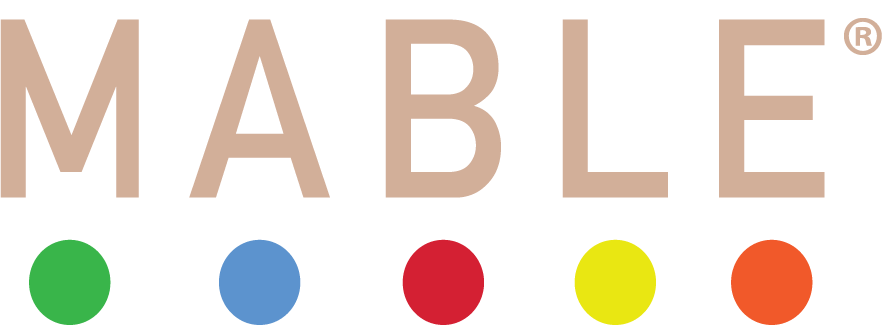

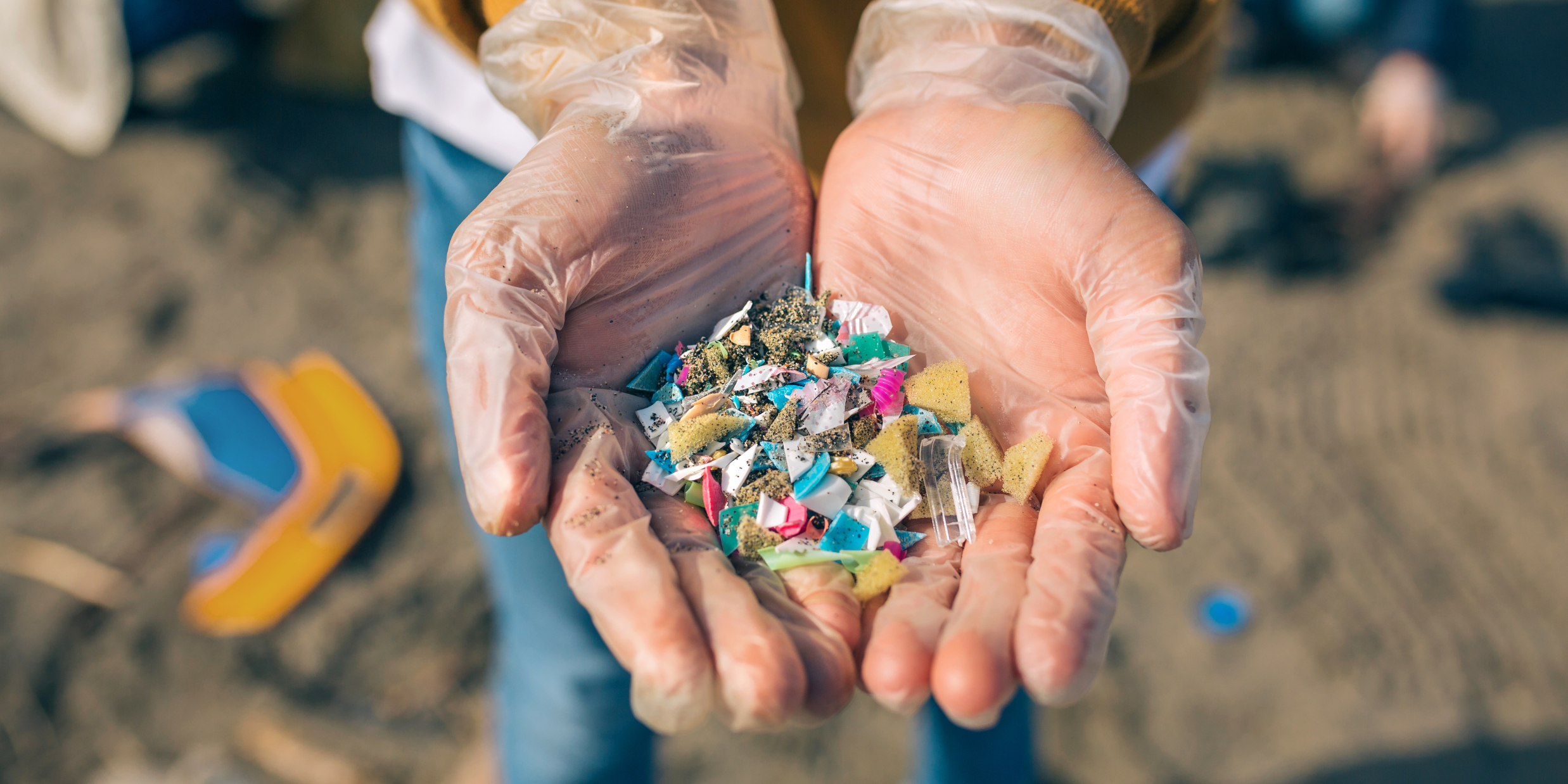
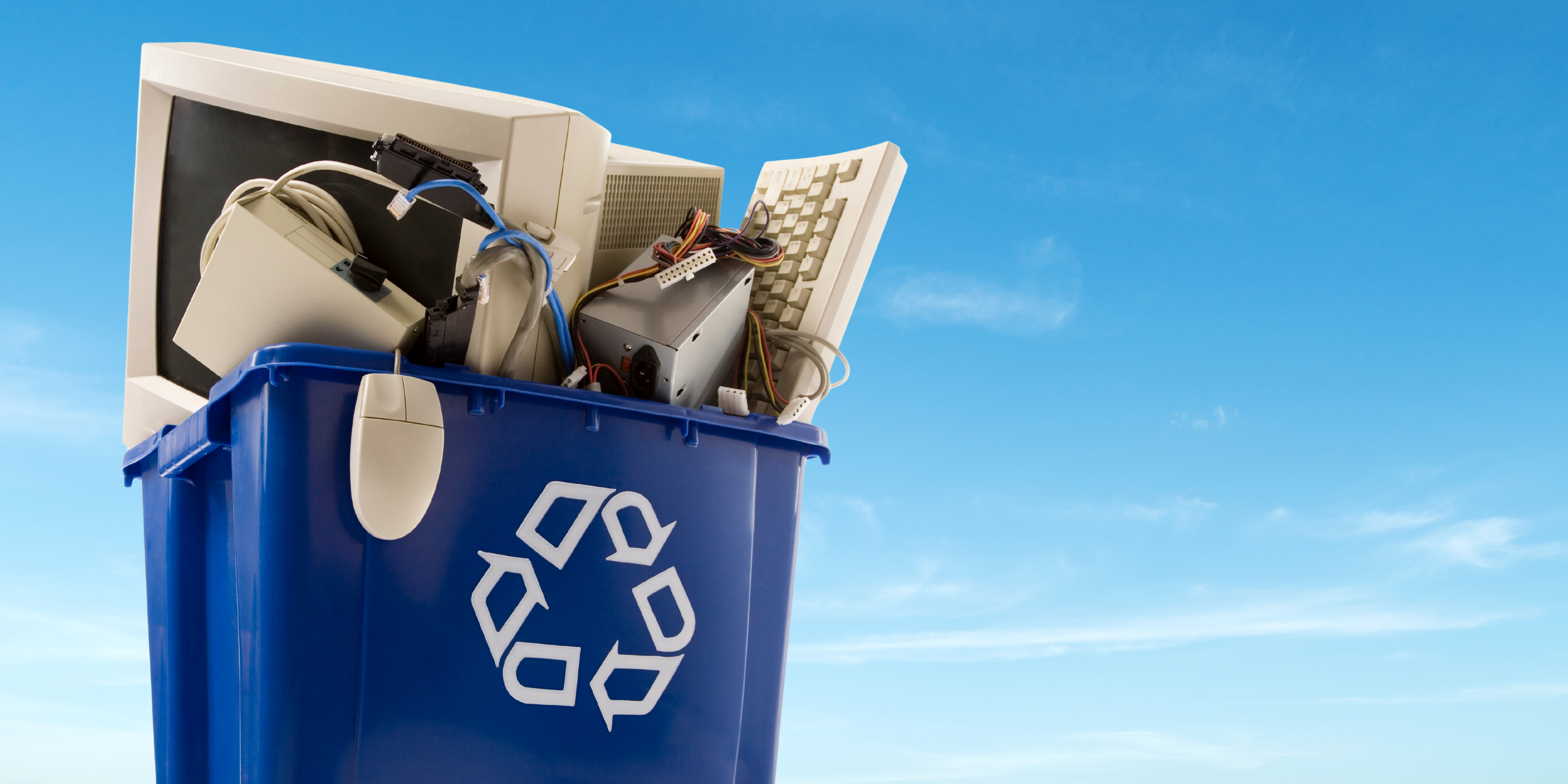
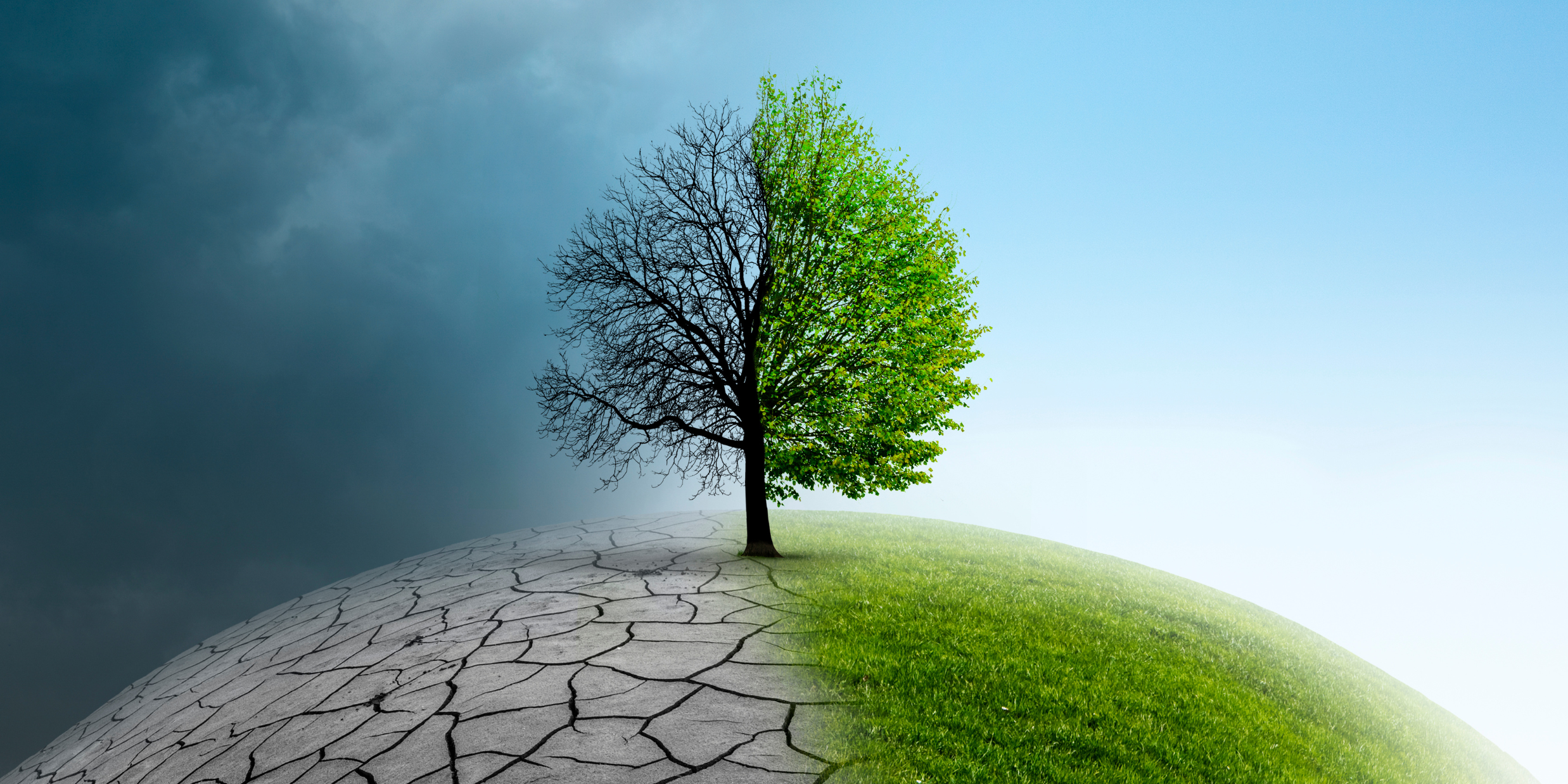
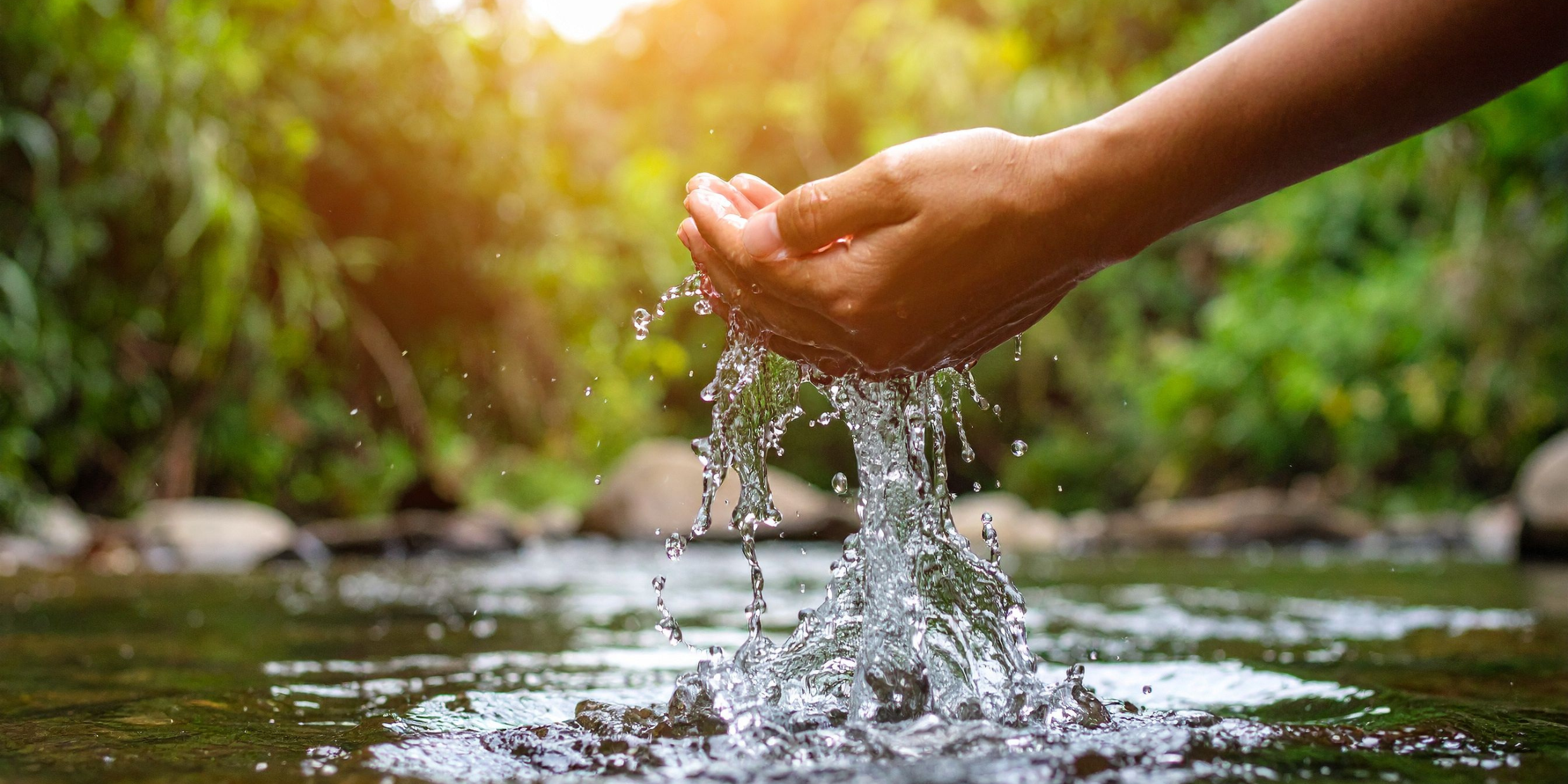
Share:
TSA-Approved Toiletries: Your Guide to Sustainable & Stress-Free Travel
Renewable Energy at Home: Wind and Solar Options for Homeowners and Renters